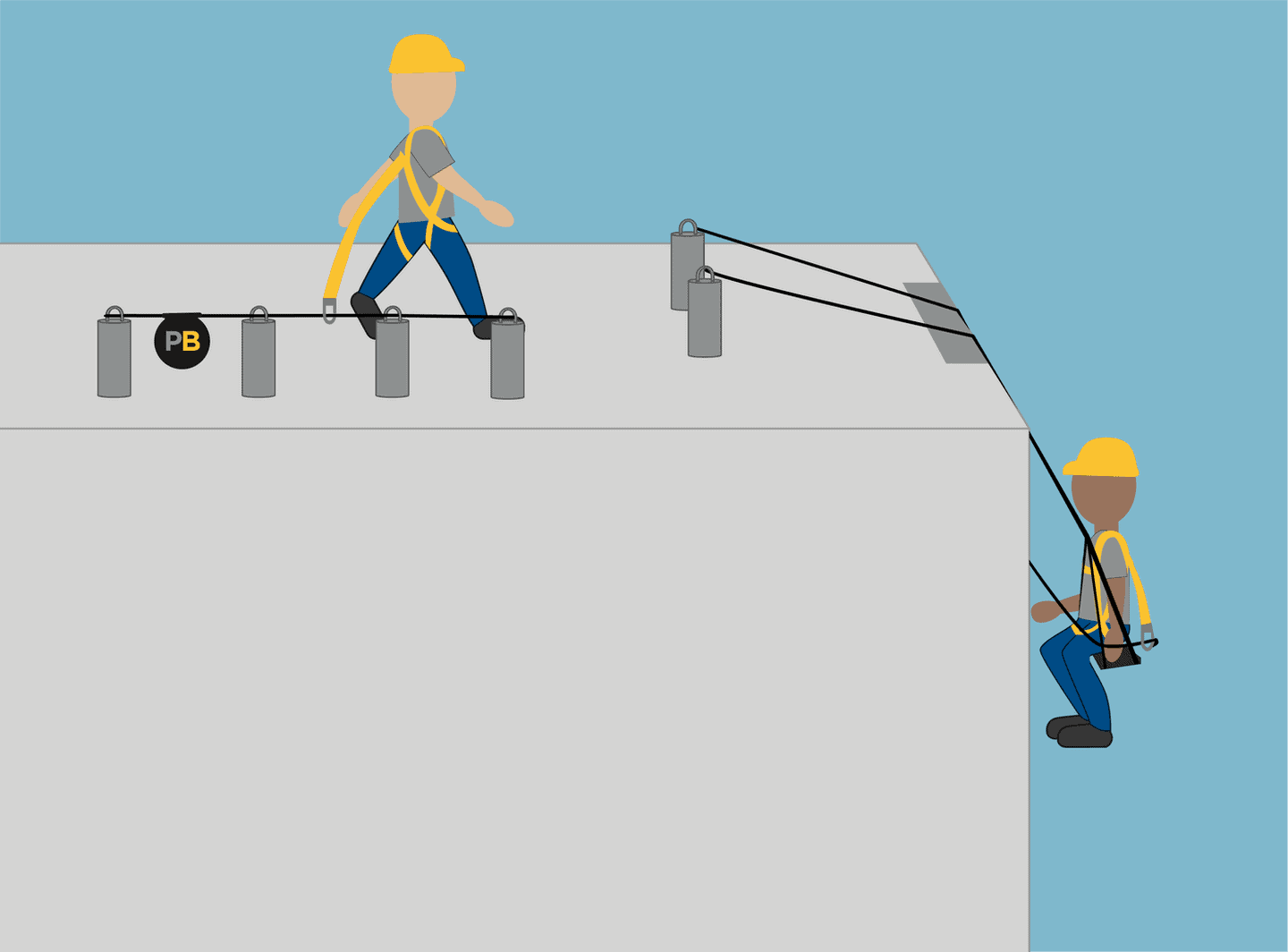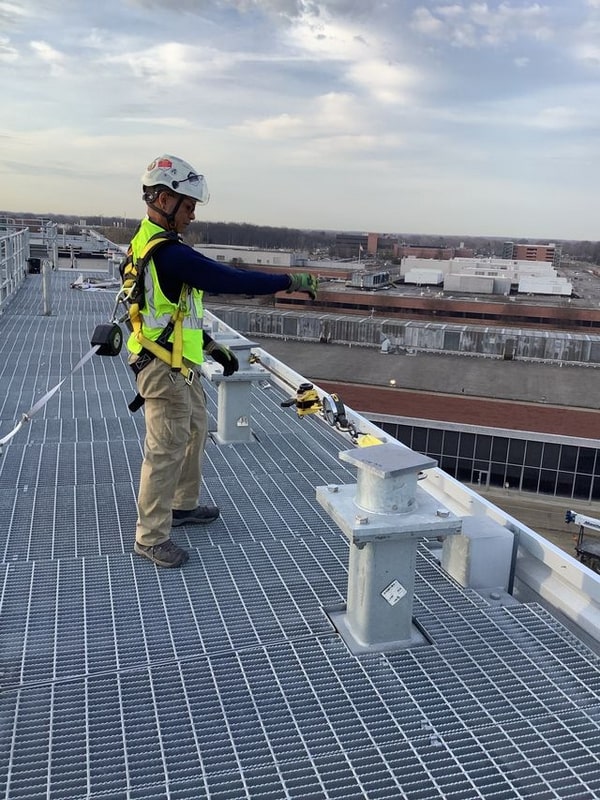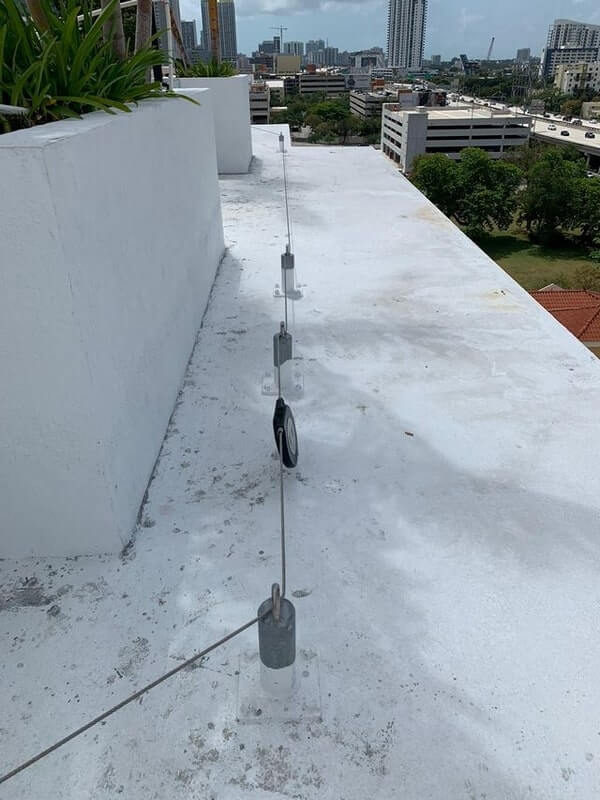Fall Arrest VS Fall Restraint VS Fall Prevention

Many people debate over the true definition of fall protection. However, for working at heights, fall protection is generally defined as encompassing different forms of fall prevention systems such as fall arrest and fall restraint.
Fall Arrest System
A fall arrest system prevents a person from reaching the ground once a fall occurs. An example of fall arrest is a worker tripping over the edge of a building but then being suspended midair by a lanyard tied to a cable system, preventing them from reaching the ground.
Fall Restraint System
A fall restraint system prevents a worker from ever reaching a fall hazard due to the lanyard attached to their harness. The horizontal lifeline is measured out so it can go no further than the roof edge.
Fall Prevention
Data shows that falls are the most common accident in the construction industry, with 75% occurring at elevations of less than 3 stories. Preventing falls is crucial to maintaining workplace safety. To prevent the event of a fall from occurring, systems such as a guardrail would be implemented to block off the edge for anyone on the roof.
A comprehensive fall protection system can include:
Cable Systems:
These are ideal when workers need to move horizontally and provide a continuous path for fall protection.
Fixed Ladders:
This offers safe vertical access to elevated work areas, and it is equipped with fall arrest systems.
Guard Rails:
This is a critical component of fall restraint systems, and these barriers protect workers from hazardous falls.
Permanent Roof Anchors:
These personal fall arrest systems are essential for areas with limited fall protection infrastructure. They provide secure attachment points and are key components of a comprehensive fall protection system.
Designing a Fall Protection System

When designing a fall protection system, consider the following factors:
Function
What type of work will be completed while the system is in use? Some examples include:
-Fixing, replacing or servicing
- Antennas
- Cooling towers
- Drains
- Equipment located on the facade
- Lights
- Mechanical Units
- Pipes
- Roofing
- Satellites
- Surveillance cameras
Frequency
How often will this work occur?
- For expected, routine, scheduled maintenance: Implement the most user-friendly system to encourage its use.
- For unexpected, non-routine, unscheduled maintenance: Implement the most basic and cost-effective system.
Users
Who Uses Fall Protection Systems
- A worker who is trained and supervised may not require as much equipment as someone unfamiliar with fall protection and fall arrest systems.
Regulatory Requirements:
Regulations for fall protection requirements vary by region, but in most states, any parapet less than 42 inches requires a system. In Canada, if the parapet is less than 36 inches in most regions, a fall protection system is required. Canada additionally requires systems based on the height of the building. For more detailed information, please refer to Canadian Building Codes and Regulations on our Canadian website.
Share this Post

